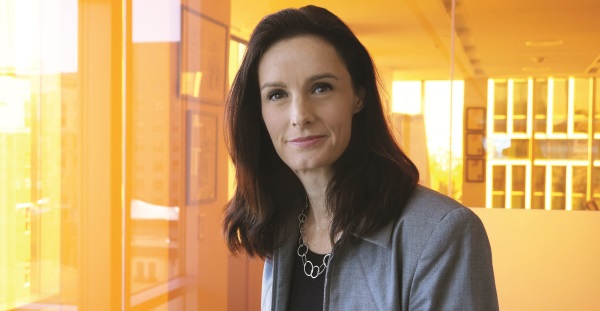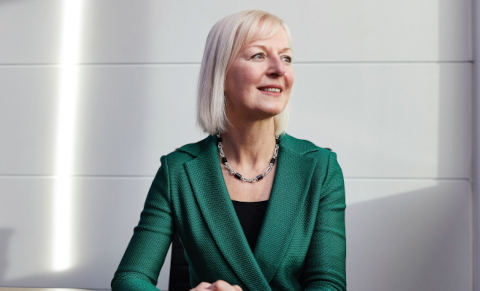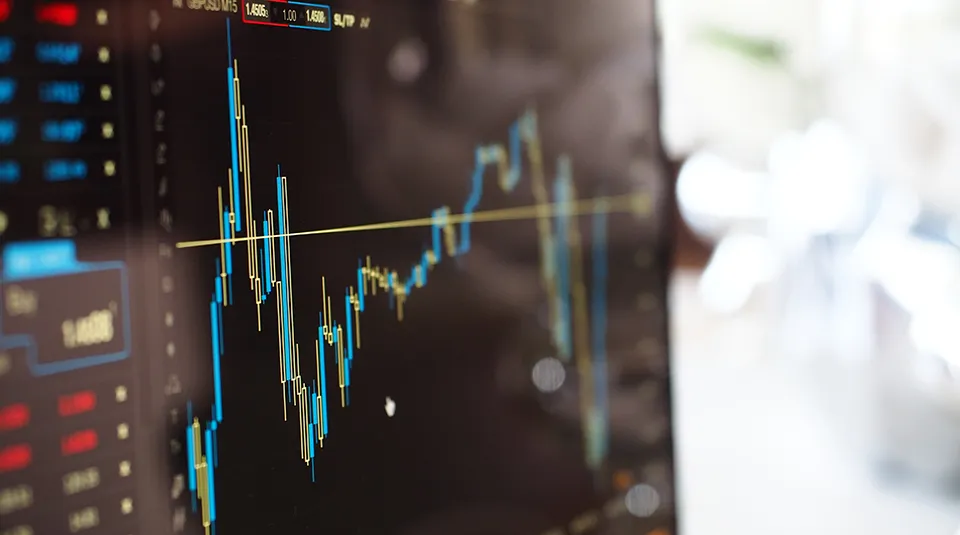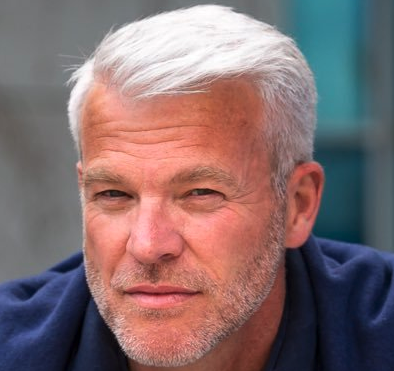With UK citizens concerned about the rising cost and unreliable availability of key imports, its government will talk up anything that looks like good news.
Amid the volatility in sterling during the past month as the reality of Brexit finally starts to sink in and the weakness of mid-cap FTSE 250 UK-focused stocks, green gilts seem like a rare success story.
The first 12-year deal, for £10 billion, broke records with £100 billion of investor orders last month. Markets expect a strong reception for the second green gilt, due next week, which will have a 32-year maturity.
John Glen, economic secretary to the UK Treasury and City minister, told an Official Monetary and Financial Institutions Forum (OMFIF) roundtable on Monday that calling the debut issuance in September a success undersells it.
“It was the largest ever sovereign green bond, with the largest ever order book and the largest greenium,” he says.
The potential of green capital markets is greater than we thought
John Glen, UK Treasury

He may have got a little carried away at the end there. Investors calculate the greenium the UK debt management office (DMO) achieved at somewhere between zero and 2.5 basis points – almost negligible – though the bonds at one point traded up another 2.5bp.
Jessica Pulay, co-head of policy and markets at the UK DMO, points to something else remarkable about the first deal. “The depth of market engagement was unusual for the DMO,” she says. “We had two global investor calls in July and September and two weeks of investor meetings to explain the framework to a wide number of accounts in the UK and internationally.”
In the run up to COP26, the UK government put a lot of work into this.
Pulay also explains the unusual-looking choices of 12-year and 32-year bonds as pre-positioning of lines that will have a couple of years to trade before becoming key benchmarks at the most traded points for UK government bonds.
The DMO is taking time and care to build a green gilt curve.
Glen sees a valuable signal to corporate borrowers that similar wins may await them if they go green. “The potential of green capital markets is greater than we thought,” he says.
Late to the party
It is perhaps a shame then that the UK is so late to this party, with 11 European sovereigns having already beaten it to issue green government bonds and an array of other emerging market sovereigns as well, from Colombia to Indonesia via Benin, Egypt and Jordan.
The whole market structure is moving towards the ICMA green bond principles
Jean-Marc Mercier, HSBC

But Jean-Marc Mercier, vice-chairman of capital markets at HSBC, offers some encouragement. The government’s delays in creating a green pricing benchmark have not prevented corporate borrowers from taking their own steps.
“In 2020, 10% of the sterling primary corporate bond market was green,” Mercier says. “Year to date in 2021 it is 45%. That is a massive change. The whole market structure is moving towards the ICMA [International Capital Market Association] green bond principles.”
When a warm mood of self-congratulation falls on a borrower and its bankers, it just needs one investor to puncture it. Eoin Murray, head of investment at Federated Hermes – which is not a natural buyer of government bonds – has a suggestion. “How about when any country or corporate comes out with a net-zero pledge, they link all of their issuance to it?”
He points out that the UK government will sell £15 billion of green gilts this financial year. That is out of a total of £250 billion. Tying even just all remaining issuance this year to net zero would be a big commitment and a way to hold the government to its promises.
It all comes back to greenwashing. Money is fungible. Spending £15 billion raised through green bonds might free up a separate £15 billion for spending on something that does not qualify as green. The whole framework – and the UK’s has been much praised – is designed specifically to identify qualifying projects.
These may range from electric-vehicle charging points to wind farms and restoring kelp forests. Funds raised in green bonds sold to investors specifying compliant use of proceeds must be tracked, verified and reported on.
It is these projects that dictate the extent of the green funding needed to realize them.
The labelled bond market is just 2% of bond outstandings. It is negligible
Heike Reichelt, World Bank

Other SSAs are upping the pace. KfW’s $3 billion green bond in October was its largest yet, pushing 2021 issuance to €15 billion.
The UK has been forward thinking by including biodiversity in eligible projects for green gilt financing and also for reporting on the social co-benefits of such investments including in green jobs.
Pulay is clear that the DMO wants green gilts to look and behave pretty much the same as ordinary gilts in terms of index inclusion, collateral eligibility and liquidity. The UK chose not to follow Germany, which tied new green Bunds to equivalent conventional Bunds so that, if green Bunds are bought and tightly held, investors who need cash can swap into linked issues.
“The sovereign green bond market is still relatively young,” says Pulay. “We want to try to ensure that its liquidity characteristics are comparable with conventional gilts. It’s something we heard time and again from investors.”
Tying all gilts to achievement of net zero would require a system of ratchets up to higher yields on government bonds for failing to attain that. Governments may want the greenium for supplying the assets ESG investors crave, but they’re far less keen on sticks than on carrots.
There is a problem here. Even if the UK does have a credible framework and follows this up with an equally credible green taxonomy, how do we quickly scale the market for financing what will ultimately be a hugely expensive transition requiring private and public capital.
The World Bank did its first green bond 15 years ago and since then has advised many of the governments that have issued them.
One of the benefits of marquee green issuances is that it normalizes frameworks
Lori Heinel, State Street Global Advisors

Heike Reichelt, head of investor relations and sustainable finance at the World Bank treasury, told the roundtable: “The labelled bond market is just 2% of bond outstandings. It is negligible. And while the commitments for green and sustainability-linked bonds are getting heavier, we notice that the focus of borrowers is becoming narrower.
“There are climate co-benefits in almost every project the world bank finances. Labelling was just a start, and transparency and reporting a way to bridge to investor expectations. But we can no longer silo green bonds and non-green. We have to take a holistic approach. That is going to be a key development for the markets.”
Lori Heinel, global chief investment officer at State Street Global Advisors, sees positives. “One of the benefits of these marquee green issuances is that it normalizes these frameworks and helps other issuers to take them and apply them,” she says.
Heinel suggests that green bonds are easier for corporates than for sovereigns because it is simpler for them to apply proceeds to specific qualifying projects.
For now, it seems that the demand for green assets is high among investors. It is the supply of green projects and their associated liabilities that is tight, at least for now.





